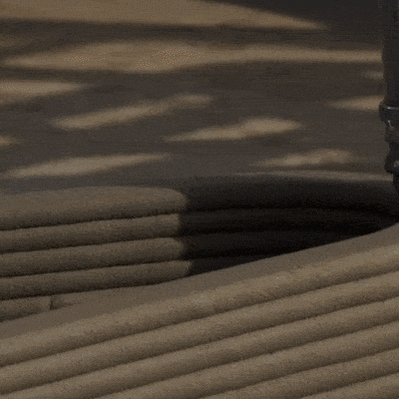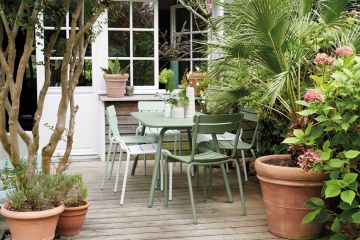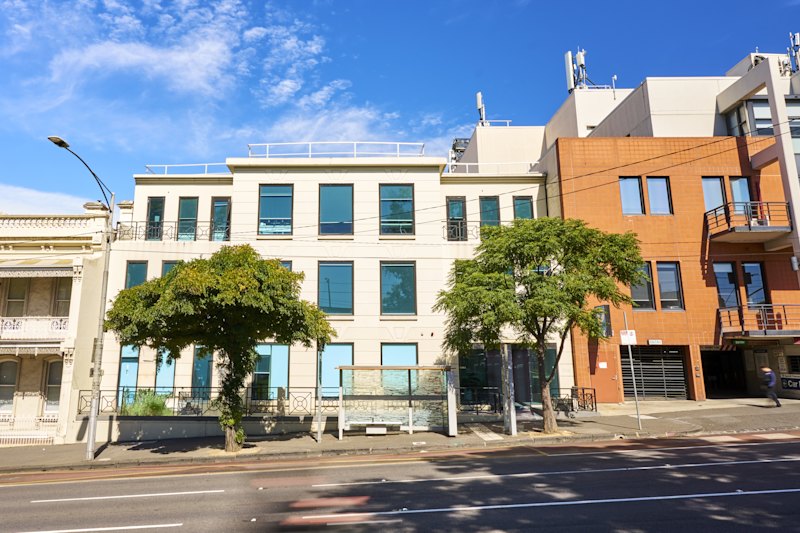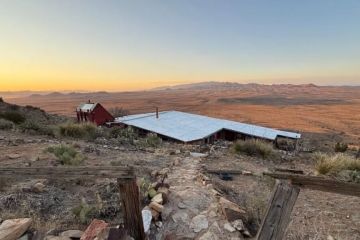How much to spend on your renovation
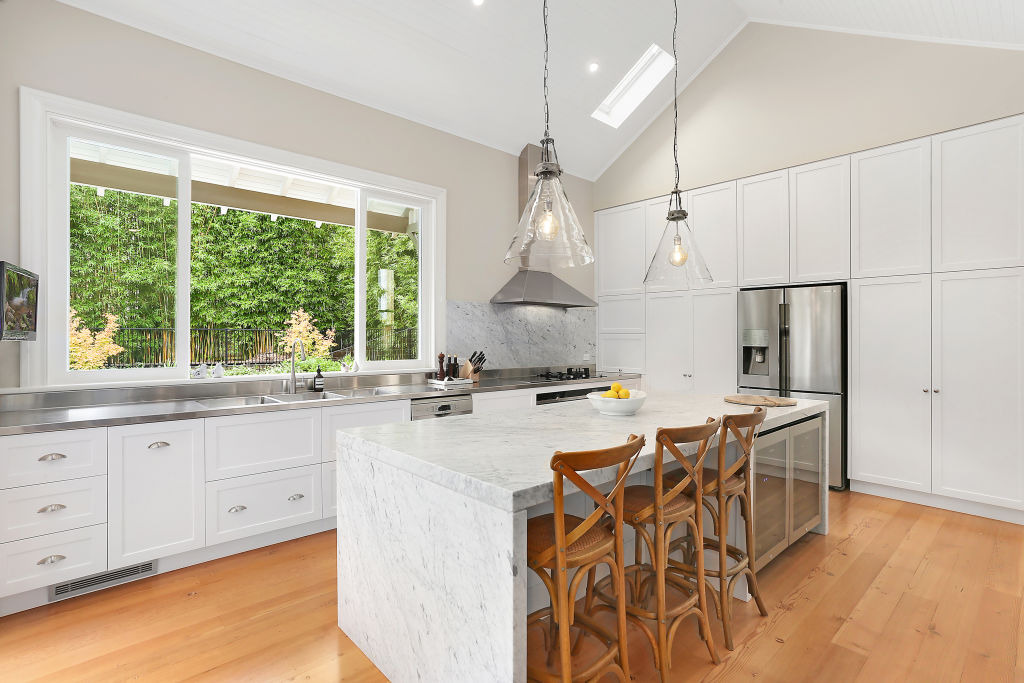
This article was updated on October 6, 2022.
If you’re considering a renovation – perhaps for more room, or a more modern look – how much should you spend? What should you focus on, and how can you avoid overcapitalising?
How to budget for a renovation
There’s no one-size-fits-all answer when it comes to how much to spend on a renovation.
Di Henshall, a licensed builder and owner of Di Henshall Interior Design, says it partly depends on whether the property is going to be “flipped”, is a long-term investment or your own home.
For a quick flip, Henshall says for every dollar you invest in a renovation, you should get $2 back at sale time.
As for a long-term investment property, she suggests opting for hard wearing, good quality finishes. “Using cheap light fittings, plumbing fittings, all those things will come back and haunt you.”
For the owner-occupier? Henshall recommends focusing on renovations that have a major impact, such as kitchens and bathrooms.
And don’t go too crazy with colour. “Stick to the big, most expensive things as the basic neutrals, and then add the colour and the pizzazz … because that can be easily taken away.”
How much kitchen and bathroom renovations cost
Simon Clark, director of Sustainable Homes Melbourne, says a full kitchen renovation will cost about $30,000 and upwards.
“Some people, if they’re getting handy, might be able to pull out a kitchen themselves and put in an IKEA one,” he says. “They might be able to do that for $10,000 or $15,000, but to engage any professional you’d be looking at about $30,000.”
People are often surprised at the price of bathroom renovations, which Clark says start at about $20,000. “Those wet areas, they just cost.”
If you’re working with an architect, he recommends getting a builder to look over the plans before you go ahead, to ensure estimated costs are accurate.
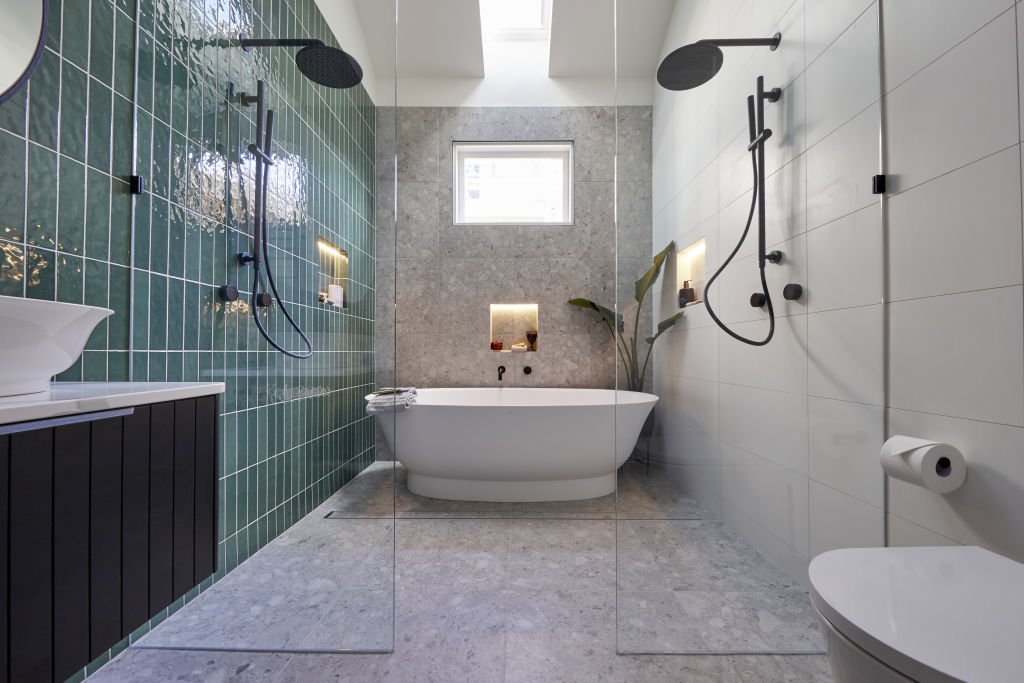
How to save money when renovating
For a partial renovation, or if you’re trying to save some bucks, there are other alternatives.
“There’s a huge market for refacing kitchens because sometimes the carcasses of a kitchen are actually not so bad,” says Henshall.
Benchtops can be resprayed, and a new splashback installed. “If you went and bought $20-a-metre tiles and you did it yourself over a weekend, you could change the whole look of that kitchen,” she says.
Purchases such as a rug or a cheap lightning pendant can also add some wow to living areas.
“Even if you just did that: refaced your kitchen, put your own splashback in, put a pendant light where you’ve got a ceiling fixture and throw a rug down, the whole thing’s changed already.”
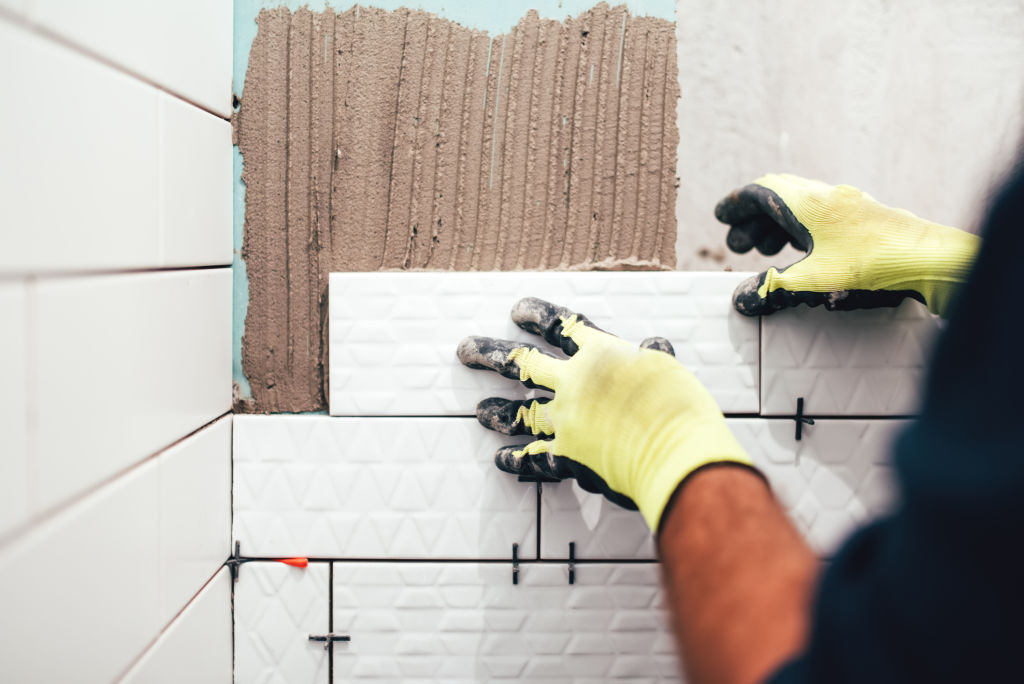
Clark says new flooring – engineered floorboards start at about $20 a square metre – can dramatically improve the feel of a property.
As can a fresh paint job, which is relatively cheap if you’re willing to put in the hard yards.
You could also spend some time revving up the garden. Or, according to hipages, you can get the professionals to install new garden lighting and turf for around $2500, or do a backyard makeover for $4000.
How to avoid overcapitalising when renovating
Clark says it’s harder to overcapitalise on renovations nearer to the city. “But certainly out of the ring of the city, you’d keep it simple and focus on the fundamentals. Space is what people want.”
Dr Diaswati Mardiasmo, chief economist at PRD Real Estate, says renovators should also think about who’ll be living there – whether it’s a family, a professional couple or empty-nesters – and renovate to their needs.
She also recommends researching median house prices, say by comparing your three-bedroom house to others in the area, to avoid overcapitalising.


We recommend
We thought you might like
States
Capital Cities
Capital Cities - Rentals
Popular Areas
Allhomes
More


